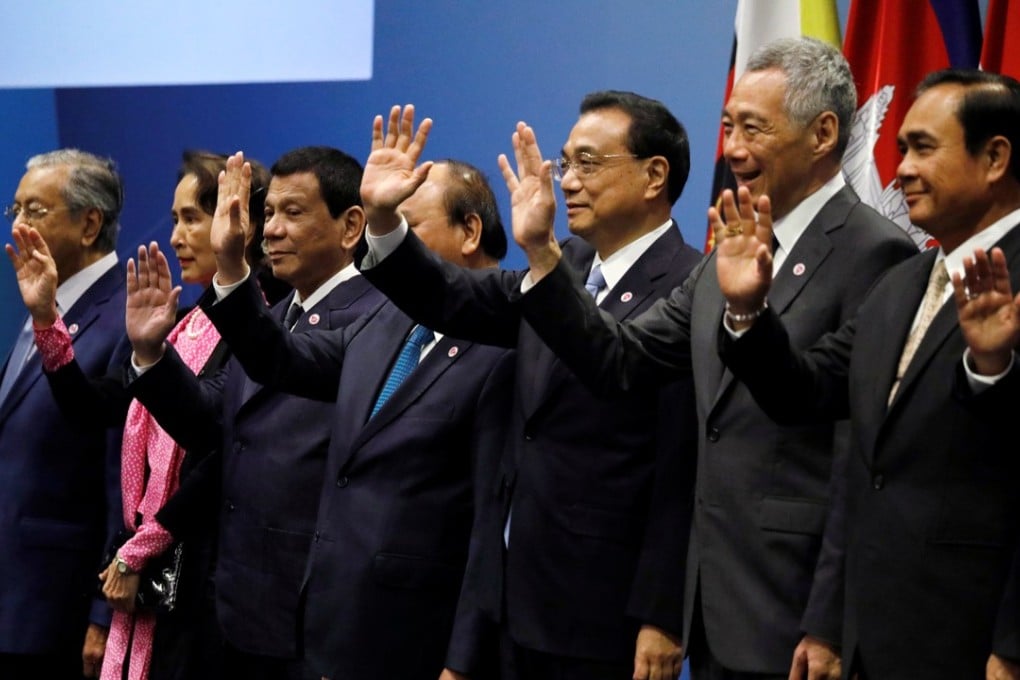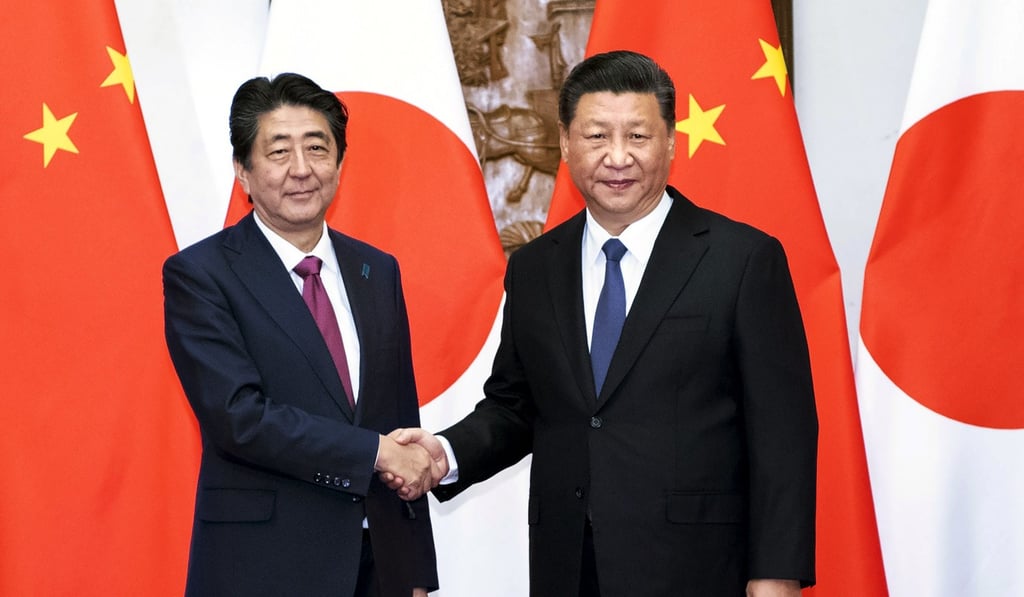Advertisement
Opinion | Why China’s East Asian charm offensive will need more than sweet talk and trade deals to succeed
- Minxin Pei says as China seeks friends in the neighbourhood amid tensions with the US, concessions in the South China Sea will go further in securing allies
- While East Asian countries would prefer not to pick a side, Japan, South Korea, Vietnam, Malaysia and Singapore would be hard pressed not to choose the US
Reading Time:3 minutes
Why you can trust SCMP

Over the past decade, China has taken an increasingly muscular approach to relations with East Asian countries. But in recent months, it has surprised its neighbours with a charm offensive. What changed?
Advertisement
In terms of China’s behaviour in the region, quite a lot. In 2013, China unilaterally declared an Air Defence Identification Zone covering the East China Sea’s disputed Senkaku/Diaoyu Islands – a move that exacerbated tensions with Japan. A year later, China began to construct large artificial islands in disputed areas of the South China Sea. In 2016, China imposed sanctions on South Korea in response to the decision to allow the United States to deploy a missile-defence system there.
Now, however, such geostrategic bullying seems to be taking a back seat to diplomacy. Last month, Chinese President Xi Jinping welcomed Japanese Prime Minister Shinzo Abe to Beijing. Abe’s visit to China was the first for a Japanese leader in seven years, and Xi’s scheduled visit to Japan next year will be the first for a Chinese president in more than a decade.
Last week, Chinese Premier Li Keqiang headed to Singapore, where he signed an upgraded version of the China-Singapore free-trade agreement. He also hopes to sign and implement the Regional Comprehensive Economic Partnership, which China initiated several years ago to counter the now-defunct Trans-Pacific Partnership, next year, an overly ambitious target unlikely to be achieved, owing to the complexities of multiparty trade deals.
Advertisement


Advertisement
